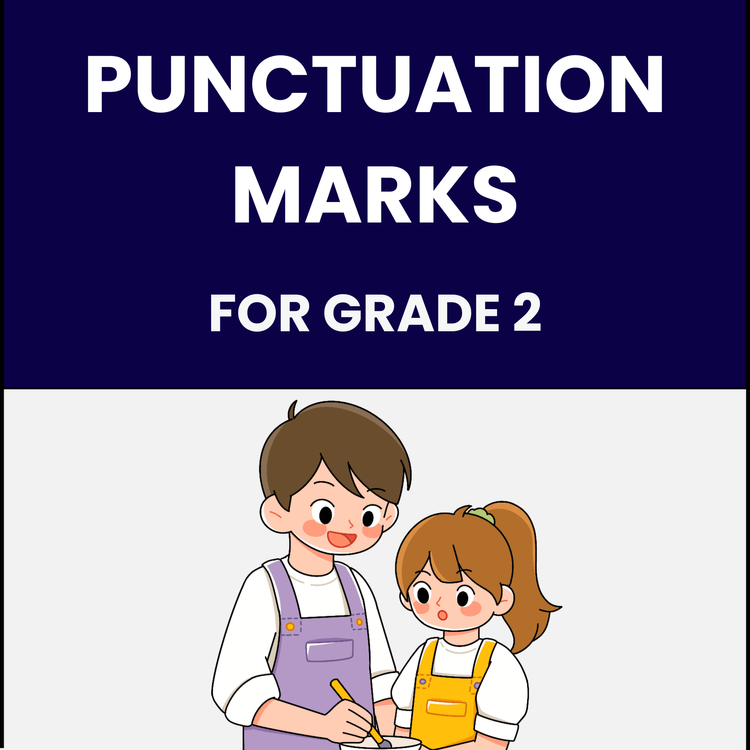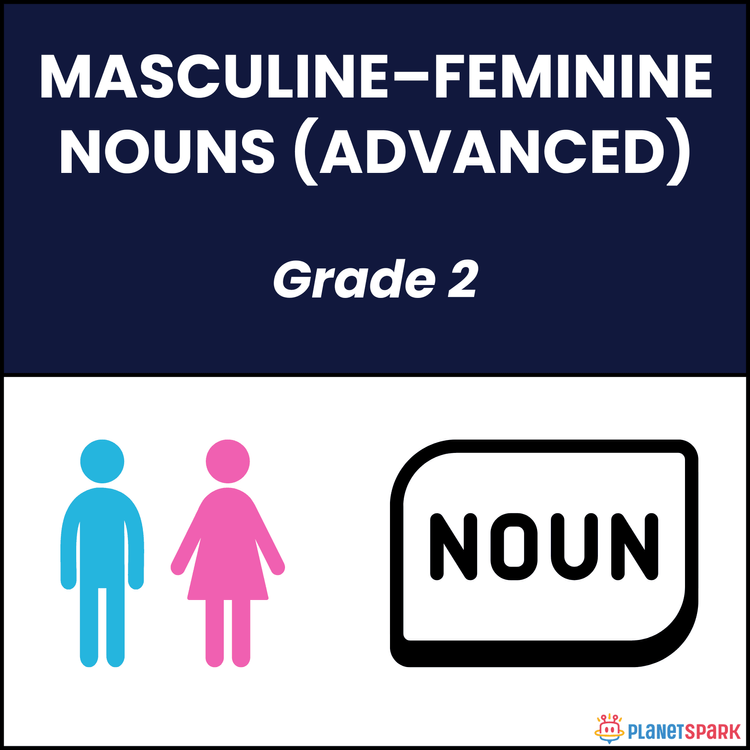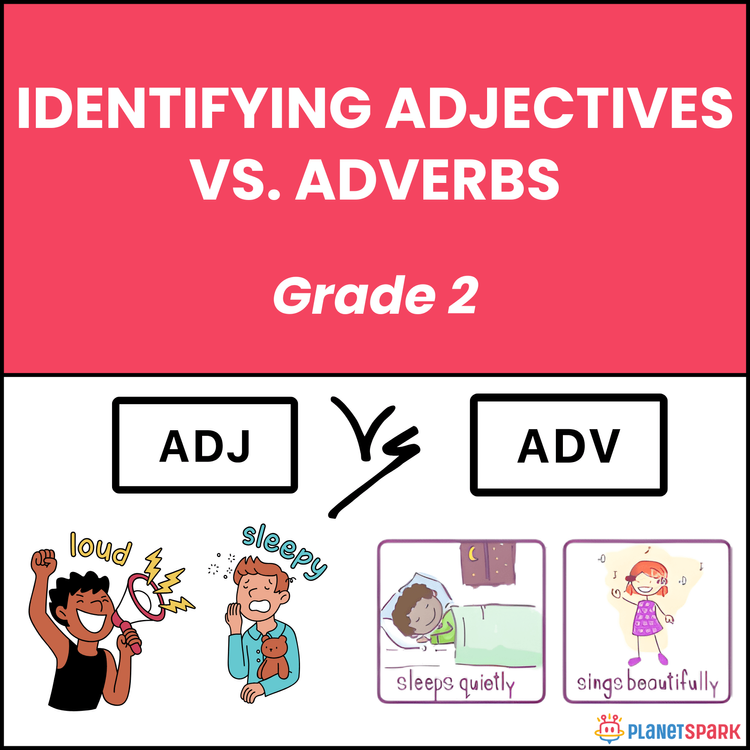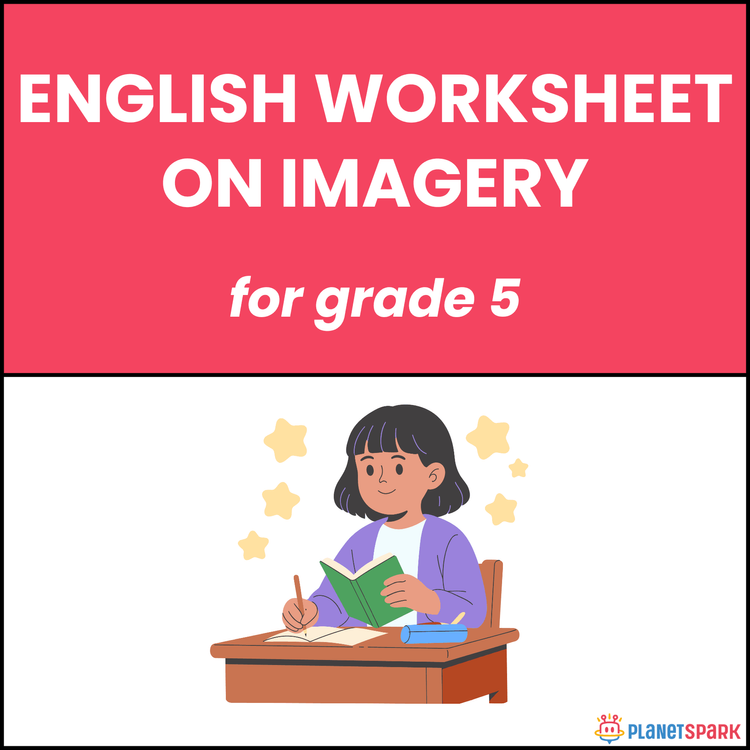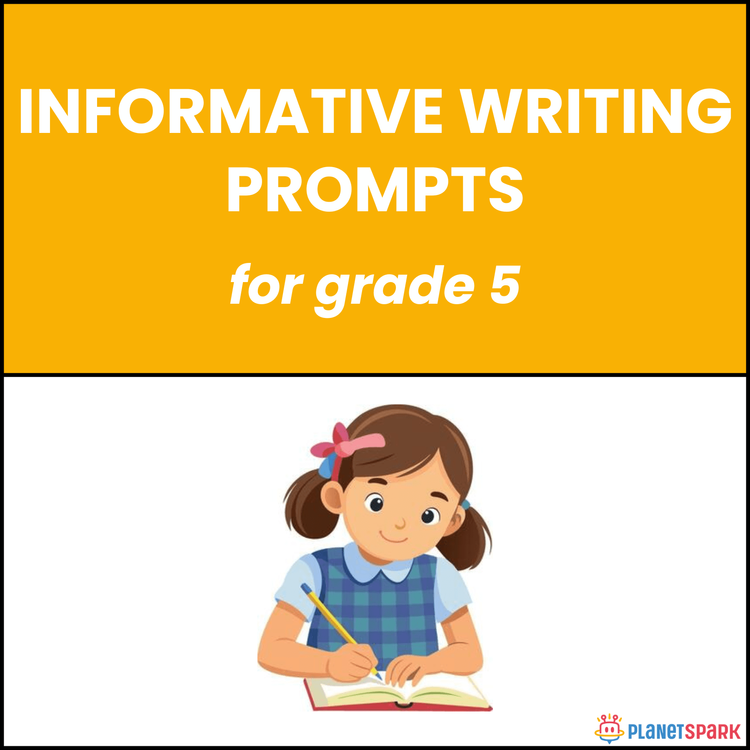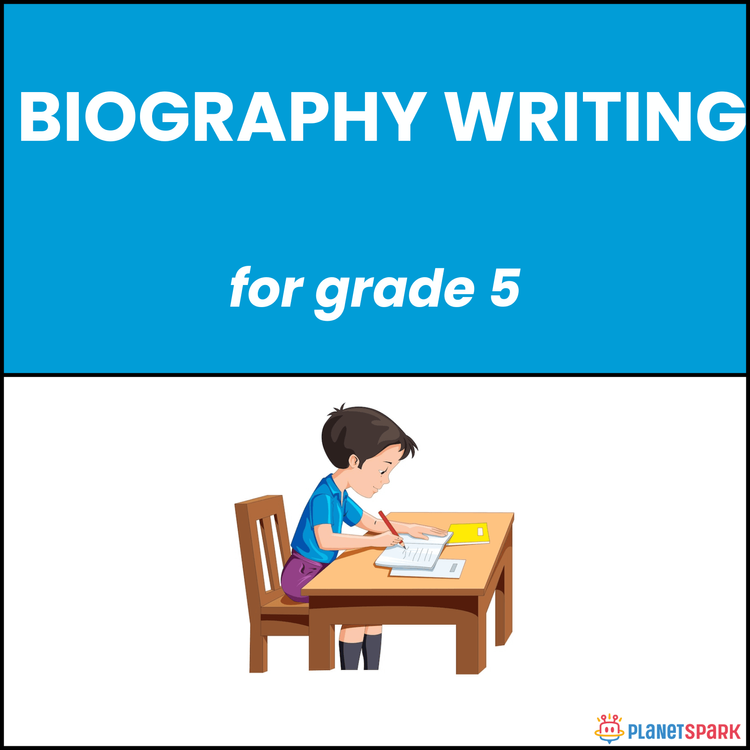Class 2 Reading Passage on At the Beach
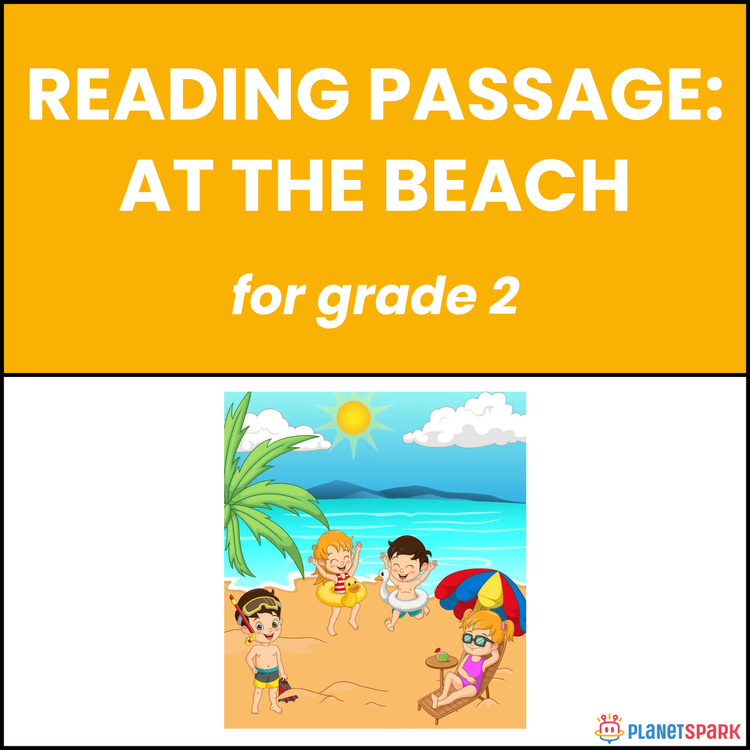

Class 2 Reading Passage on At the Beach
Seaside Fun: Reading Comprehension on “At the Beach” for Class 2
This vibrant Class 2 worksheet captures Riya’s sunny day by the sea, building comprehension and descriptive writing through sensory experiences like sand, shells, and waves.
Why Nature Stories Strengthen Imagination?
1. They teach observation and descriptive vocabulary naturally.
2. They improve sequencing through real-world experiences.
3. They foster creativity and emotional connection to nature.
4. They encourage environmental awareness in young readers.
What’s Inside This Worksheet?
🧠 Exercise 1 – Choose the Correct Answer
Students answer factual questions from the story, e.g., *What did Riya build on the beach?*
✏️ Exercise 2 – Short Answer Questions
Learners respond to details about people, objects, and actions.
📋 Exercise 3 – Expressive Thinking
Children write what they enjoy most when visiting a beach.
📝 Exercise 4 – Vocabulary Practice
Students find nature-related words like *waves*, *sandcastle*, *shells*, etc.
✅ Answer Key (For Parents & Educators)
Exercise 1 – Choose the Correct Answer
1. b) Her family
2. c) Sandcastle
3. d) Shells
4. a) Starfish
5. b) Shells
6. a) Happy
Exercise 2 – Short Answer Questions
7. Seagulls.
8. Riya’s brother.
9. I would like to build a sandcastle.
10. Yes, I liked collecting shells.
Inspire a love for reading and nature through stories that blend learning with seaside fun.
🔖Book a free trial!
Frequently Asked Questions
They help children connect reading with real-world experiences and build environmental awareness.
It supports vocabulary growth and strengthens the ability to visualise scenes while reading.
Prediction, sequencing, and sentence understanding develop naturally through fun stories.
